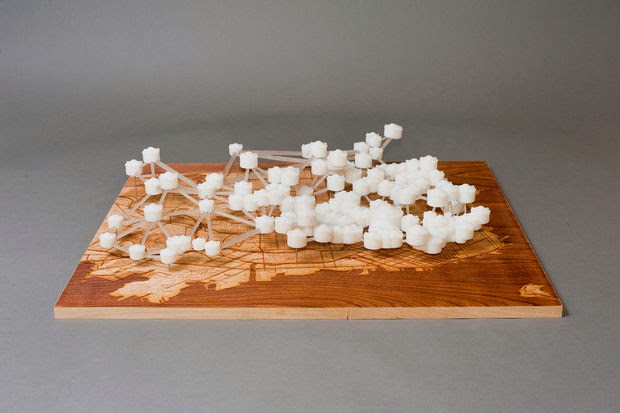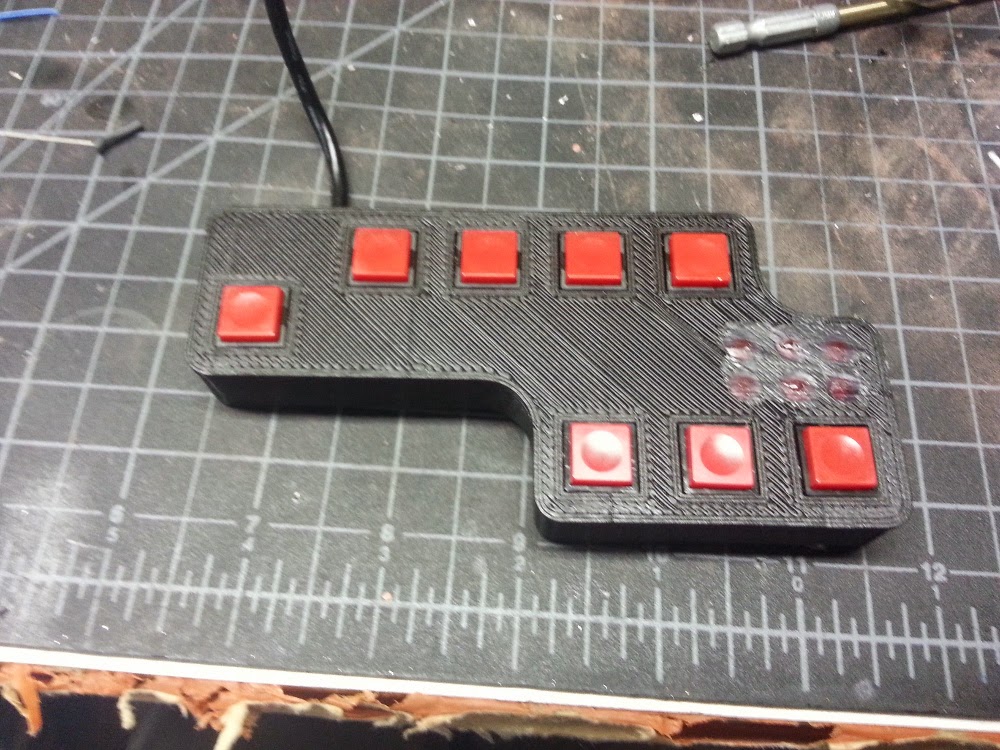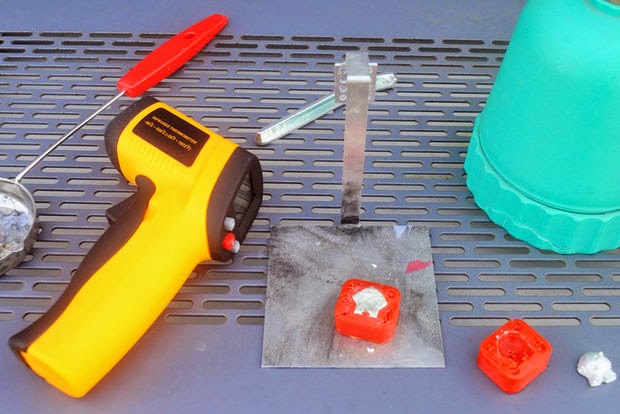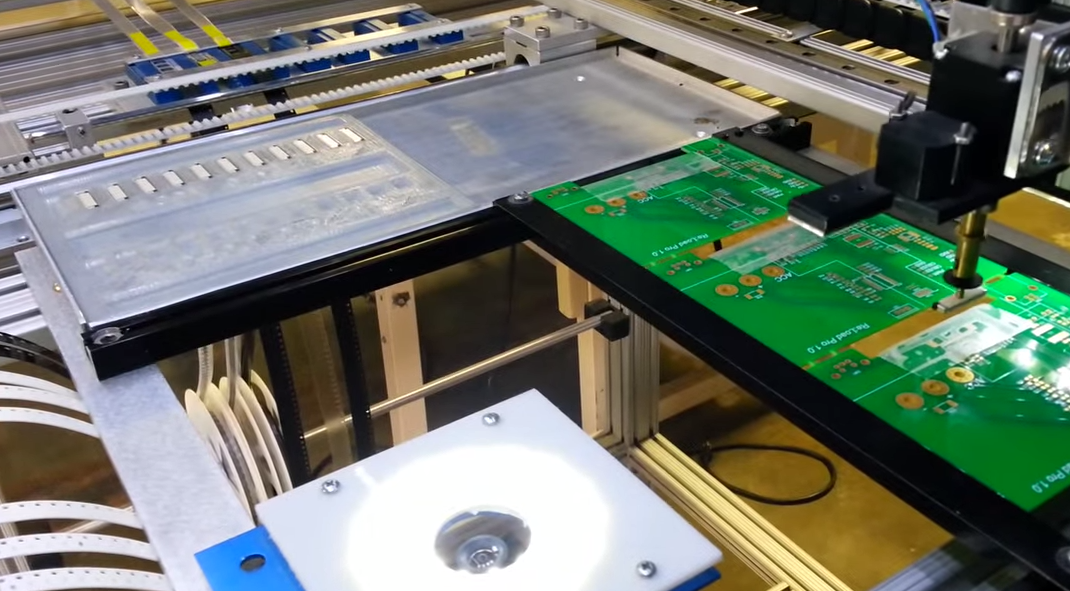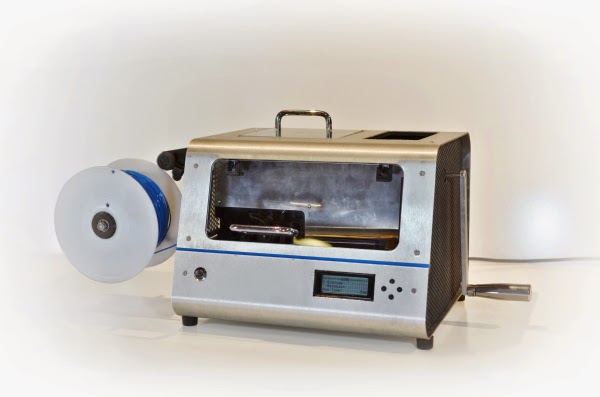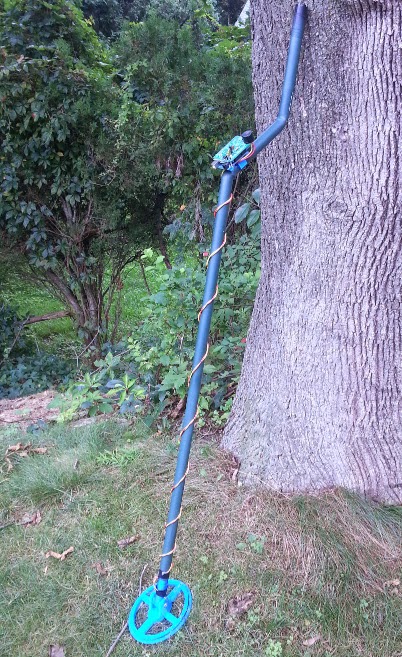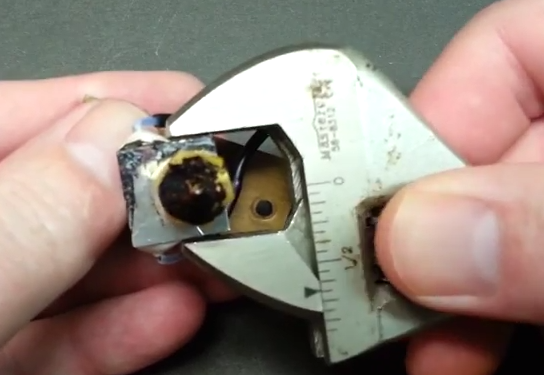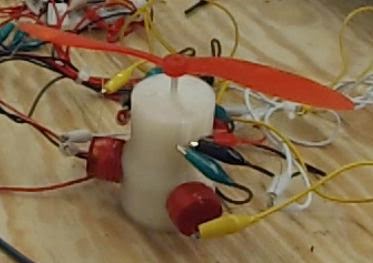Mikey77 known for several projects like the conductive printed electronic circuits posted his new work on 3d printable servo powered valves. The PLA printed valve can be used to menage air or fluid flow for any purpose you need it, the electronics are easy to put together and are controlled by Arduino or Picaxe. Servos used in this project are Futaba S3110 micro-servos.
From project description:
Detailed construction guide, electronic schematics and files can be found at:
http://www.instructables.com/id/3D-Print-Make-Servo-Controlled-Valves/?ALLSTEPS
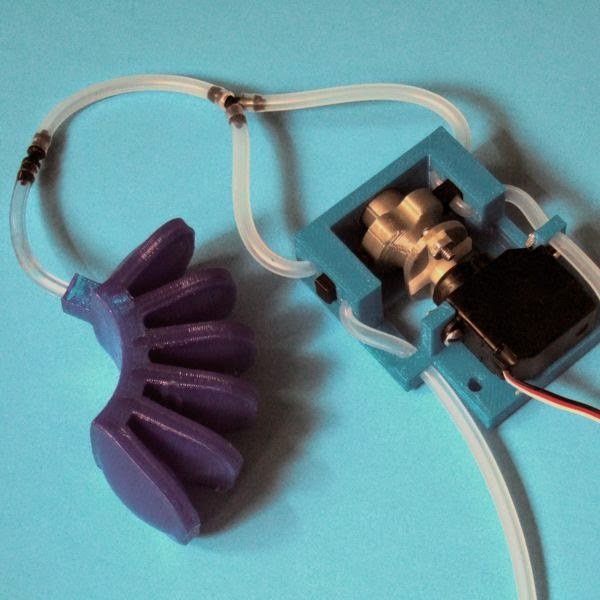 |
| Here is the 3d printed valve controlling the 3d printed robot muscle with air pressure |
From project description:
The 3D printed valve is actually two valves that are controlled by one micro servo. When the cam (gray) is rotated to center, both valves are closed. From there, either one can be turned on, one at a time. The cam followers (black) push on the silicone tubing to compress it and create simple pinch valves.
The servo is quite efficient in that it is about the same volume of two 12 volt solenoid valves that handle the same pressure. It works efficiently at 20 PSI of air pressure and it has been tested at up to 30 PSI. It has also been motion tested and after more than 4300 on-off cycles it did not show significant signs of wear on the moving parts.
It is also considerably lighter than two solenoid valves and uses much less energy to operate. Once actuated, the valves can be left open or closed without using power.
Detailed construction guide, electronic schematics and files can be found at:
http://www.instructables.com/id/3D-Print-Make-Servo-Controlled-Valves/?ALLSTEPS





